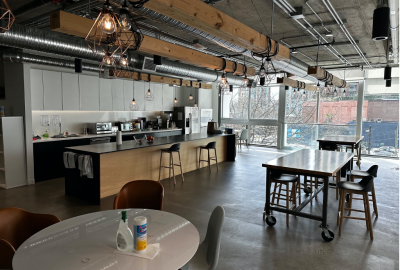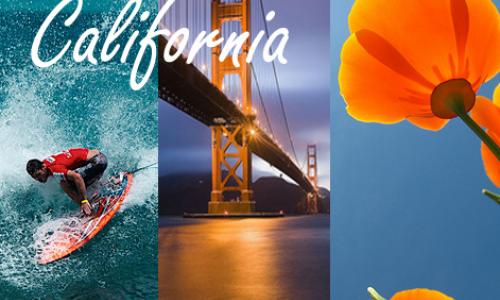

After I arrived in Barbados, my new manager kindly picked me up from Grantley Adams International Airport, and drove me to my accommodations located right next to the beach (5 minute walking distance). On the way, I had the opportunity to enjoy the beautiful landscape of Barbados. My very first impression of Barbados was that the ocean appeared so clear and clean. My assumption has been that many tourist attractions are full of litter, but this is definitely not the case in Barbados. Because I was tempted by the sunshine and clean beach, I went swimming and snorkeling the next morning. It was a windless day and, in the water, I encountered many different kinds of tropical fish, sea horses and even a turtle (Yes, people here swim with turtles).
Another first impression that I had of Barbados was that the people here are very friendly, including all of the people I have encountered, as well as all of my colleagues. In fact, my colleagues decided to host a monthly event in order to give me ample opportunities to learn more about their country. This Saturday, we will dine at a very famous local restaurant and I am very excited to try it out.

This stunning country’s economy is mainly driven by tourism. Every year, around 60,000 Canadians choose Barbados as their vacation destination. I have met a number of Canadian tourists here, and there are even bars that are designated “Canadian Bars”. Aside from the Canadian tourists, I’ve also noticed the presence of Canadian banks in Barbados. The 3 largest banks in Barbados are Scotiabank, RBC and CIBC. After speaking with local professionals, I discovered that Canada and Barbados have very close ties, especially within the finance sector. One example of this is that Canadian companies contribute to 75% of the international financial community in Barbados.
Barbados’ highly-educated workforce, along with its close interaction with Canadian firms, has resulted in most of the citizens here being well-informed about Canada. As such, many people that I have chatted with have told me they have heard of a school called SFU (Yeah!! people from 6, 600 KM away have heard of our school).

Barbados is ideal for year-round water sports. Even in January, the water temperature is still around 26 degrees Celsius. The east coast of the country is legendary among surfers who are looking for a wind-surfing adventure. Personally, I think that surfing is the most economical water sport for a student aside from swimming. The west coast of the country is the most suitable for swimming and diving.
The resorts and dive shops on the west coast offer a comprehensive set of diving packages ranging from beginners’ lesson, who begin learning in a swimming pool, to experts, who take part in deep ocean and night dives. Although I find diving to be one of my favorite water sports, but as a student, I am conscious of the fact that re-filling oxygen tanks is relatively expensive.
The tourists' enjoyment of the water is enhanced by the fact that Barbados` government is very conscientious about preserving their ecosystem. As a result, marine life thrives in the ocean, and people swim alongside them, a symbol of the symbiotic relationship between fish and humans.

I’ve found eating out to be fairly pricey here. Generally speaking, food is expensive at any location with a large number of tourists and Barbados has proven to be no exception.
My colleagues have a hard time believing that in Vancouver you can have a $24 all-you-can-eat sashimi dinner, while here, an order of 5 pieces of sashimi is around $48 BD (the equivalent of $24 CAD).
Because of the history of Barbados, the flavor of the country’s food has been influenced by the African and European cultures. The locals use a variety of methods to prepare their food, including the Wok, grill and wood stone oven. Because the island’s surroundings provide a plentiful supply, fresh flying fish is one of the most popular dishes. Barbadian grill has provided a unique and memorable taste to my dining experience.

Today, the Holetown festival has become one of the island’s strongest examples of cultural community and heritage tourism. The week-long celebrations of Holetown include exhibits which sell a variety of local crafts. In addition, the festival also highlights the Barbadian culture and history, as well as Caribbean performances which included street parades, limbo dances, and stilt walker performances.
The first day of the festival was kicked-off with opening celebrations at the Holetown Monument with local dance performances. That day, I bought several crafts as my souvenirs, as I found many of the handcrafts to be very intricate. For example, there were bows made of fish scales, mini figurines created by a single wire, and printings of the chattel houses of Barbados.
I was very glad to have the opportunity to see the latest creations of Barbadian crafters, as well as observe the participants in the festival who truly demonstrated the best of Barbadian hospitality.















